A gloomy monsoon morning in Kathmandu, the first day of methodologies’ pretesting of CARAN project at Chandragiri Municipality. We were to start early, as agreed with the participants from the community so as not to disturb their daily routine. I reached the pre-booked venue for pretesting at 6 am; with butterflies in my stomach, with excitement and nervousness as I knew things will fall in place but may not always. After all it was for the first time we were out in the community to do the participatory activities including filming, which we have been planning since months.
Belonging to the same community was an advantage to me but also brought in added responsibility of coordinating and managing for the pretesting.
No participants meant no pretesting. And gathering participant at a same time was not going to be easy. Therefore, assuring with the gatekeeper of the venue where the event was going to be conducted that all the participants come on time was the first thing I did before reaching the venue. I reached the venue and started juggling around for the initial setup.
Talking about the venue where all the activities and filming were to be done, it was a big hall with 3 road-facing windows; 6 old bulbs hanging on the ceiling, and enough space to move around for the participatory activities. But unfortunately, the lighting in the room was not enough for filming the activities, specially with my APS-C sensor DSLR camera which does not perform optimally under low light. Therefore, I used one Led Panel Light of 50 watts, which somehow mitigated the problem.
I was busy setting up lights, seating arrangements and projectors when other colleagues arrived with the remaining set of equipment. It was good to have a big room with great height, but created difficulty for me to set the cameras in the right angle. I tried to put one, to shoot from high angle which I thought would capture all the activities very well but it didn’t pan out that way due to high ceiling. And then I decided to keep two extra GoPro cameras on opposite direction to capture the activities. I was thankful to my friend from the community who helped me unpack the equipment and setting them up which otherwise would have been very tedious.
Finally, it was all set to start with our formal introductory session led by my colleague. And there was my turn, and it was all about allowing participants to play with the filming equipment. I started with small introduction of the filming equipment. The participants look excited as I went through the gadgets one by one. When we divided them in a group of 3 and handed them the GoPro cameras, it was just amazing to see how much they were into it. Their enthusiasm to learn led to many questions, and our team was busy instructing them to operate it. They learnt about GoPro very fast and liked it, whereas they were quite struggling with the sound equipment. We went from one group to another teaching to handle and operate those gadgets. After a while, I gave my presentation on the basics of filming like camera angle, shot sizes, framing, some basic rules on cinematography and interviewing techniques. Further as a practice session, we asked them to take small interviews in their own group. They all participated and had good interactive discussion. They were so much interested that by the end of the presentation, participants requested to take Go-Pro cameras for a day to shoot and practice, which actually was not in our plan for the pretesting. But considering their interest, we promised to give them the GoPro the next day. And the first day ended with lots of excitement and learning.
After the hard work of pretesting, I was happy to see the quality of the interview footages of participants. Those were good footages considering they had little to no experience of using that equipment. But there was some disturbance in the sound. I realized it could be far better if the groups were more interviewed after separating them to greater distance.
The next day was also an early morning event and we started with showcasing the edited interviews of participants. They were having good laughs and feeling shy to see themselves on screen. We also discussed on each video and things to be done to improve those footages based on the basics of filming that was discussed on the first day. They were very positive towards the feedback and were very much eager to improvise the next footage. The same day, my colleague also introduced the various participatory activities on extracting the understanding and perception of participants on antibiotics use and misuse, which actually is the area in which they were supposed to develop a film. With the events unfolding, I was busy shooting the activities and spent more time with my DSLR. At the end of the second workshop, we gave the Go-Pro cameras to the participants as promised, and asked them to create their own storyline around use of antibiotics and its resistance, and shoot the footages accordingly. It was a long day for me as I had to collect the go-pros from the participants the same evening and edit them to show edited footages the other day. But it was all worth when I saw the level of hard work on the footages they took.
All three groups had different films and used different concepts. One group interviewed the public and ask them on antibiotics. Another group interviewed the pharmacist and an old aged lady. The third group had fictional characters and created fictional short film on buying drugs from pharmacy. And now, I was very much excited to show the edited videos and see their response.
The third and supposedly the last early morning of the workshop started with showcasing of the edited videos they had taken. They looked excited when we discussed on their videos. They were happy to see them on screen and all hard work paid off to see them happy. Later, participants were also introduced with script writing session. The groups were told to pick any topic related to medicine and health which they had experienced or seen in their community, and were asked to build the story on them. Following the session, they had to pick an event of 3-5 minutes from story they scripted and identify characters and their dialogues with the filming location and time for filming. But I felt a presentation on this part with an example will probably help them to identify possible events, opening shots and also the climax for the script writing and showed them an illustration. Finally, they read out their script in from of all participants. After the remaining participatory activities were conducted, we did the evaluation of all participatory activities. We also took interviews of participants to understand their views towards filmmaking as a method to gather information on a topic. They responded that they were happy to be there and glad to share the knowledge they gained throughout the workshop with other community people.
The pretest was a great experience; it was actually my own test in the pretest, sort of self-evaluation of my capacity. After the pretest, I am confident of working with the community people and properly handling upcoming workshops on CARAN. I also learned that sharing knowledge and experience through filming was really engaging and exciting way, and hope that the knowledge the community gained in the process will bear fruit in near future.
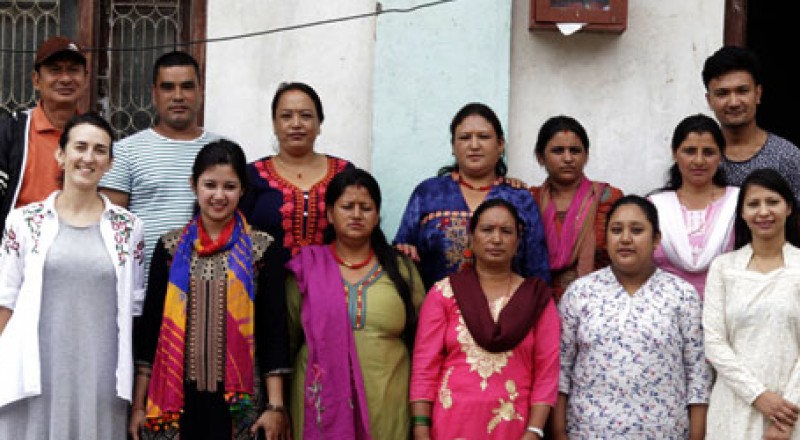
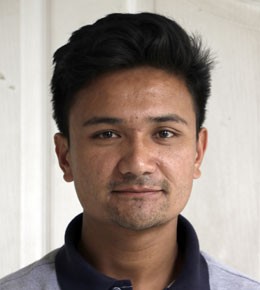
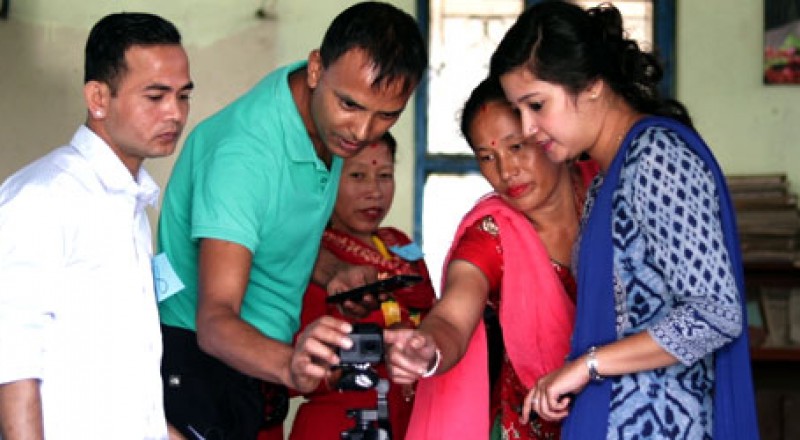
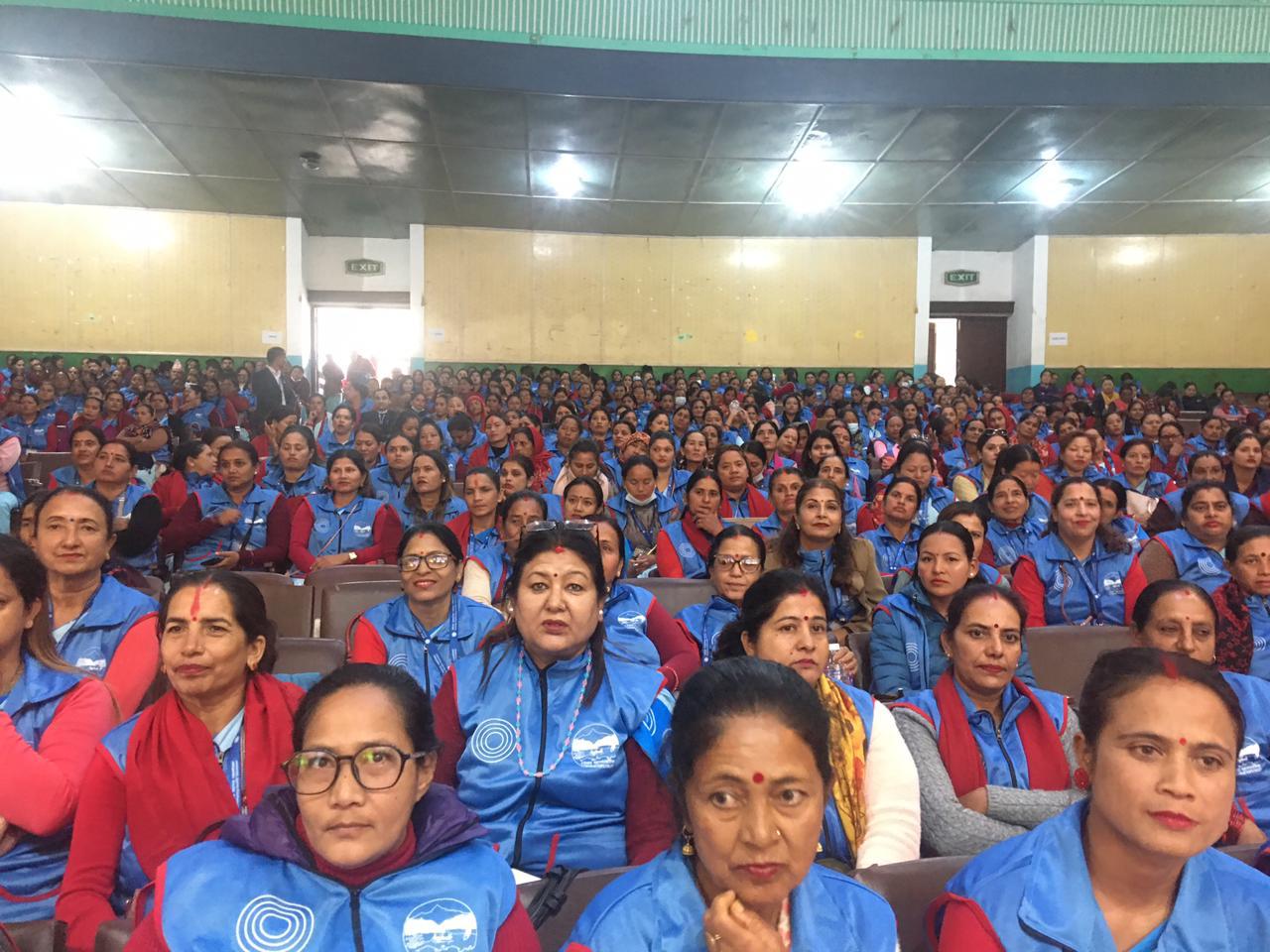
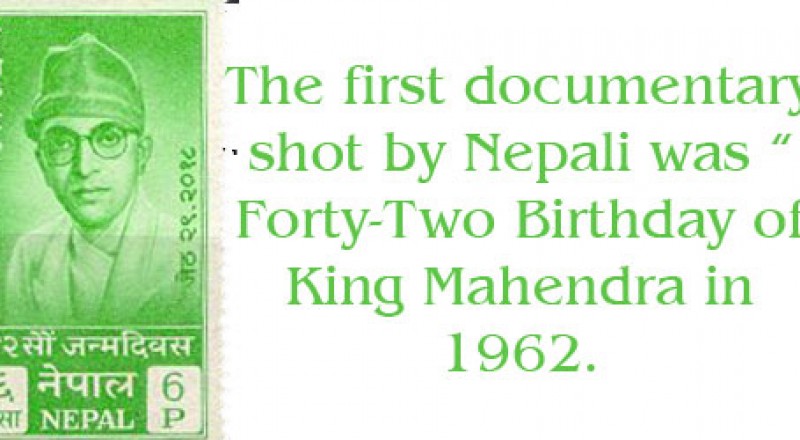

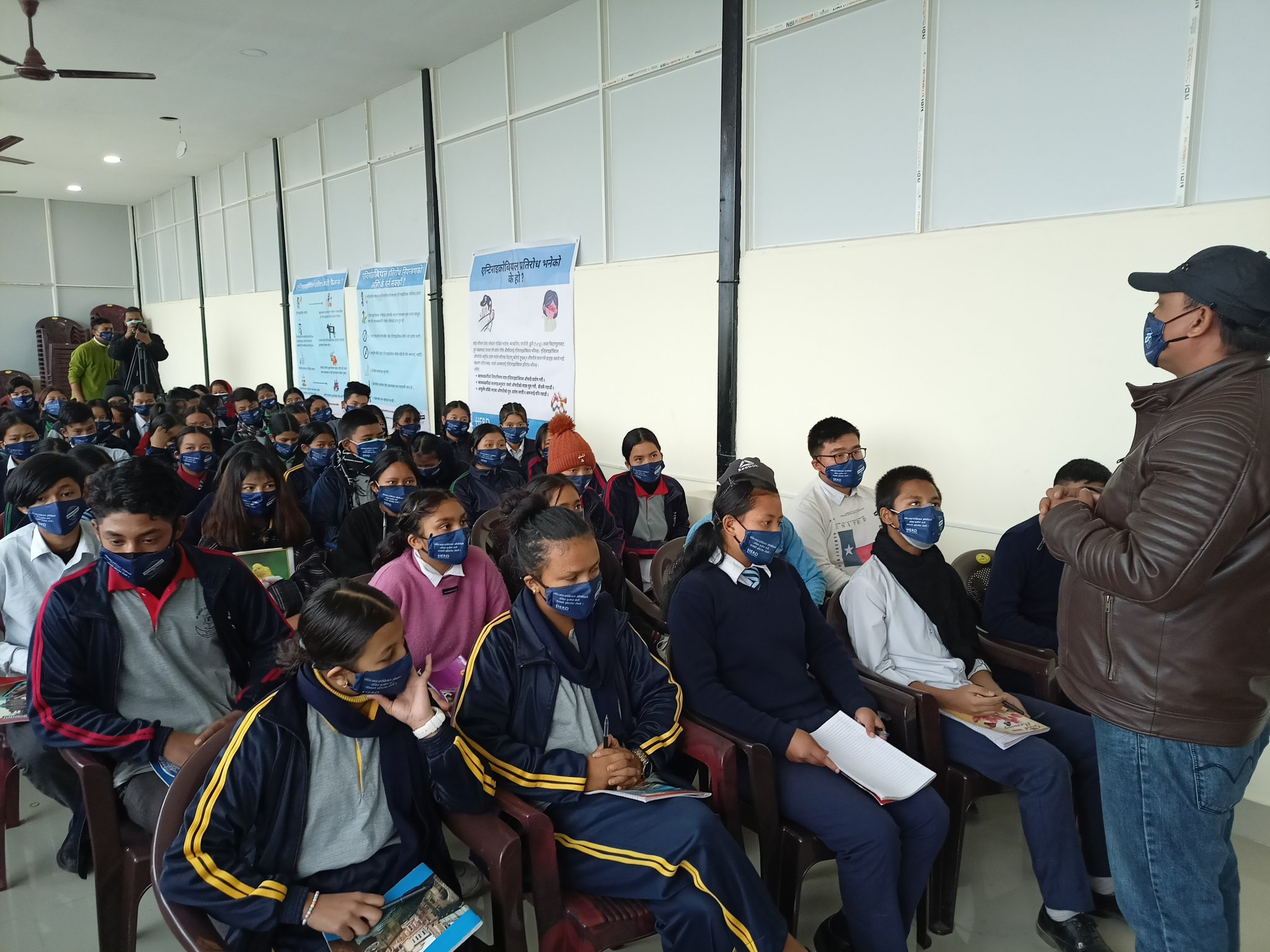
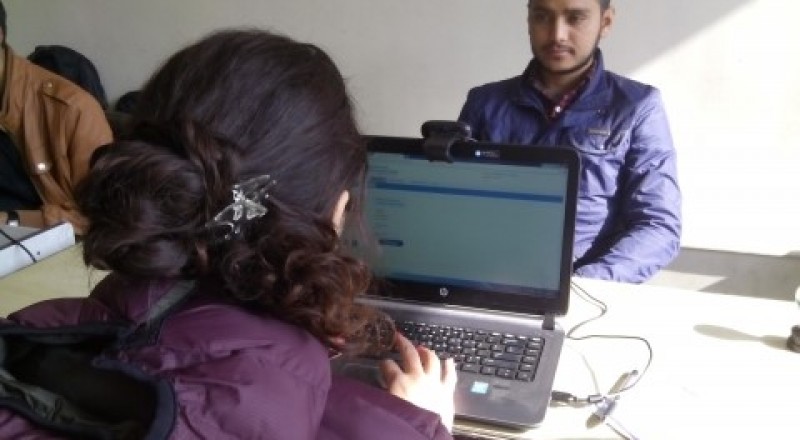

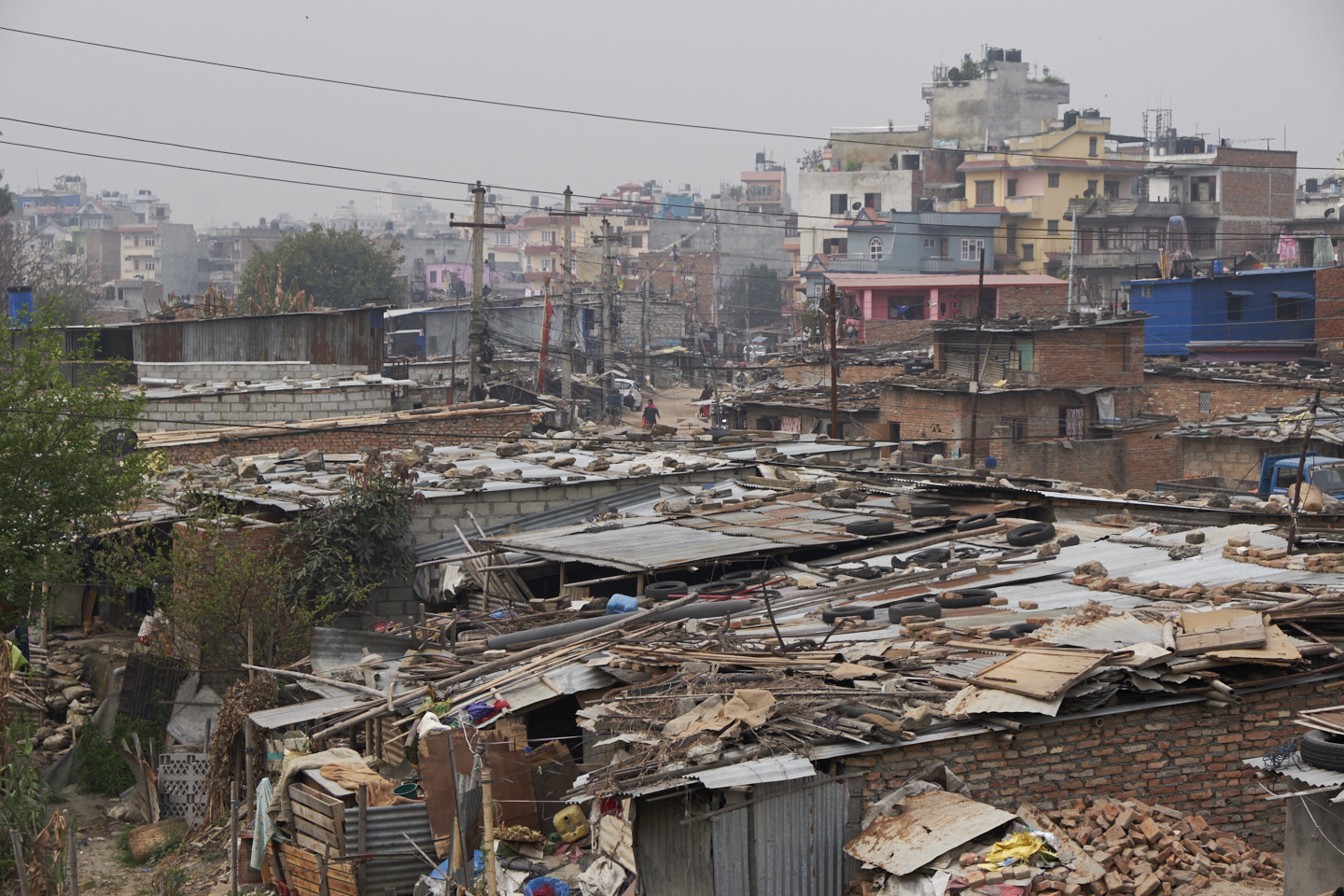
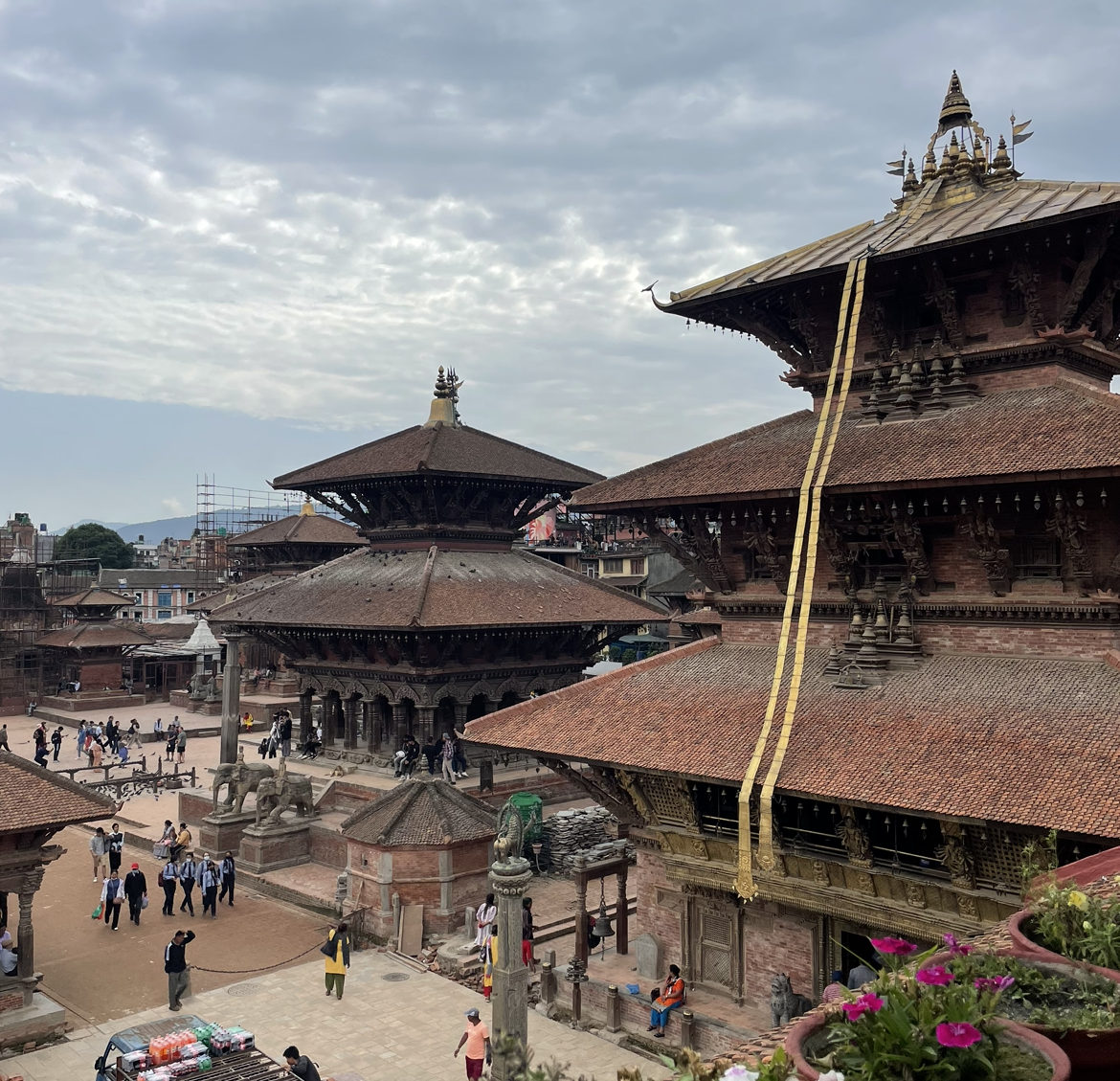
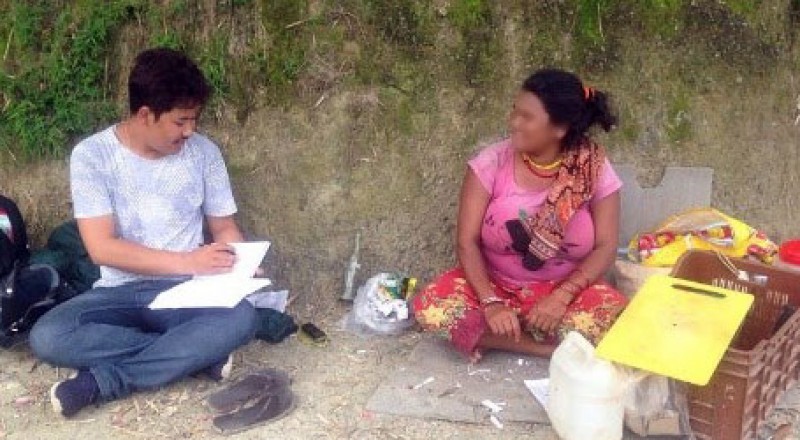
Comments (0)
No comments found.